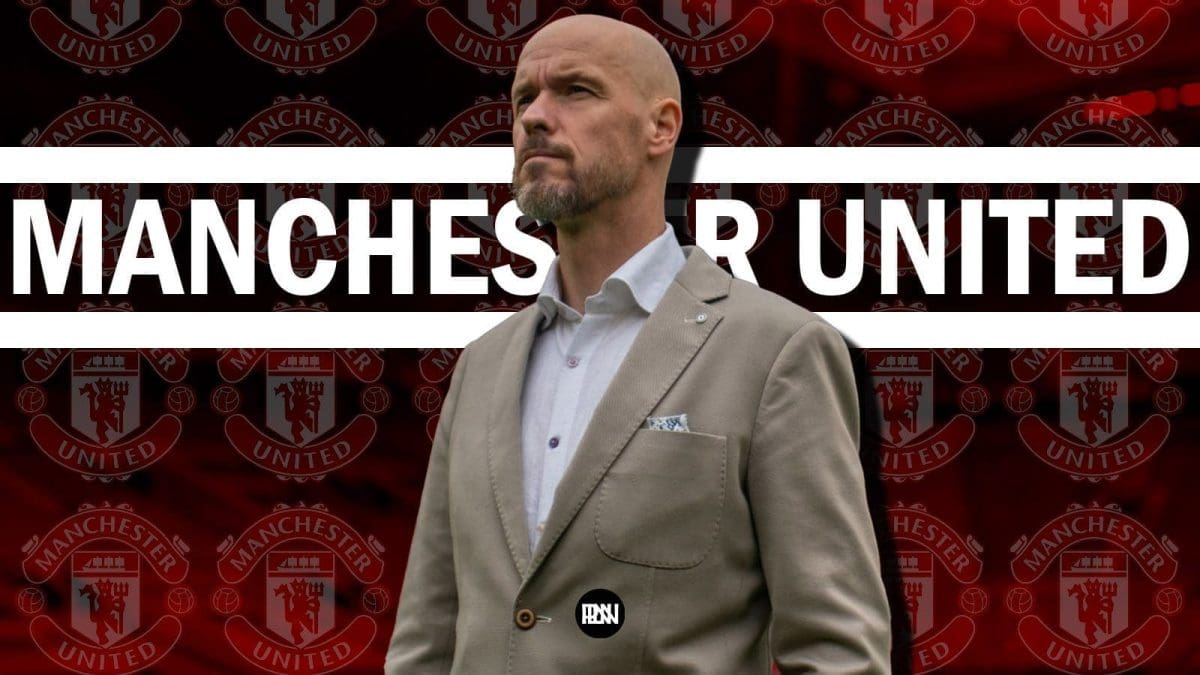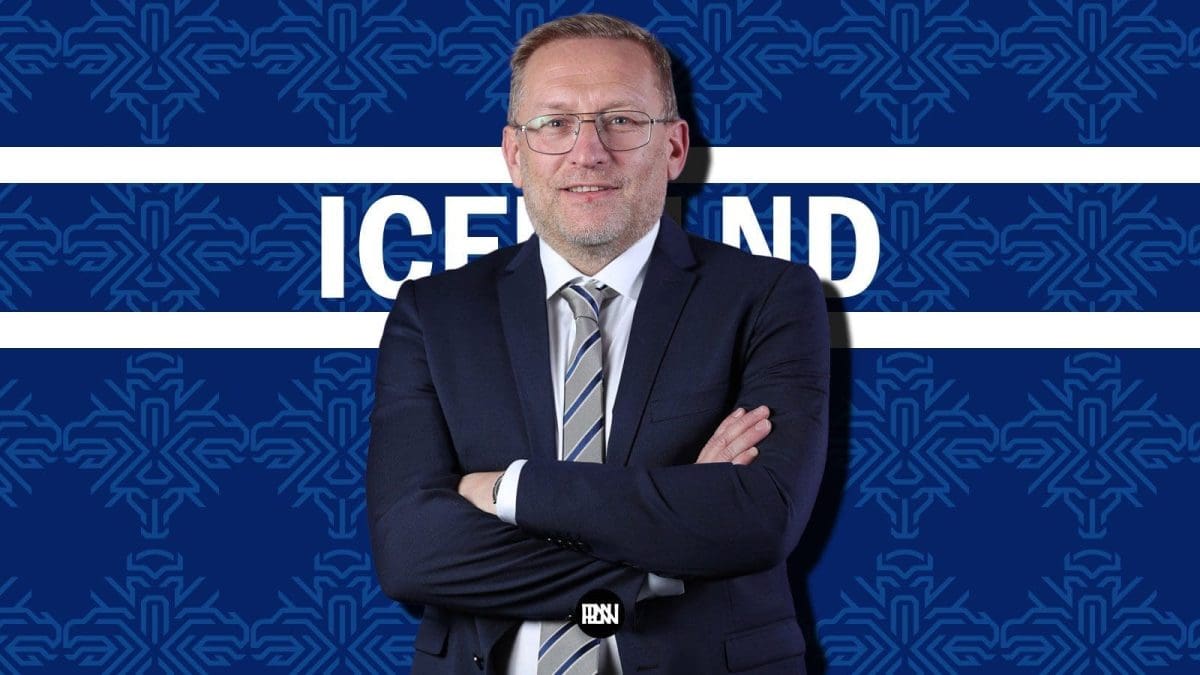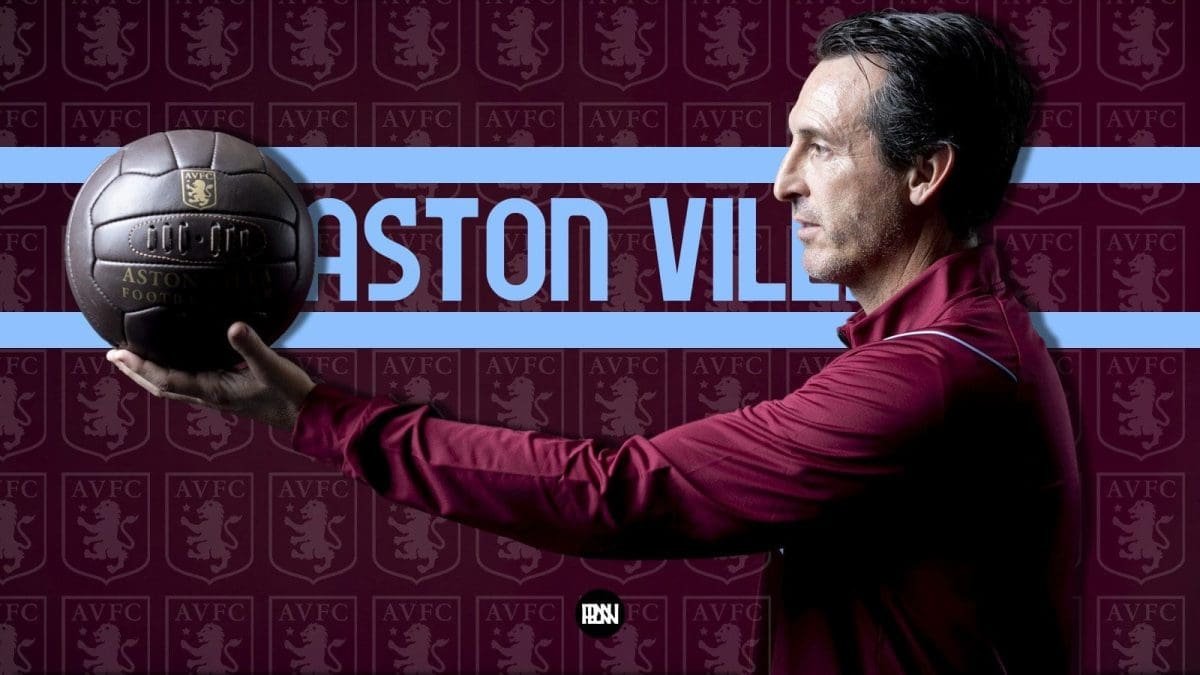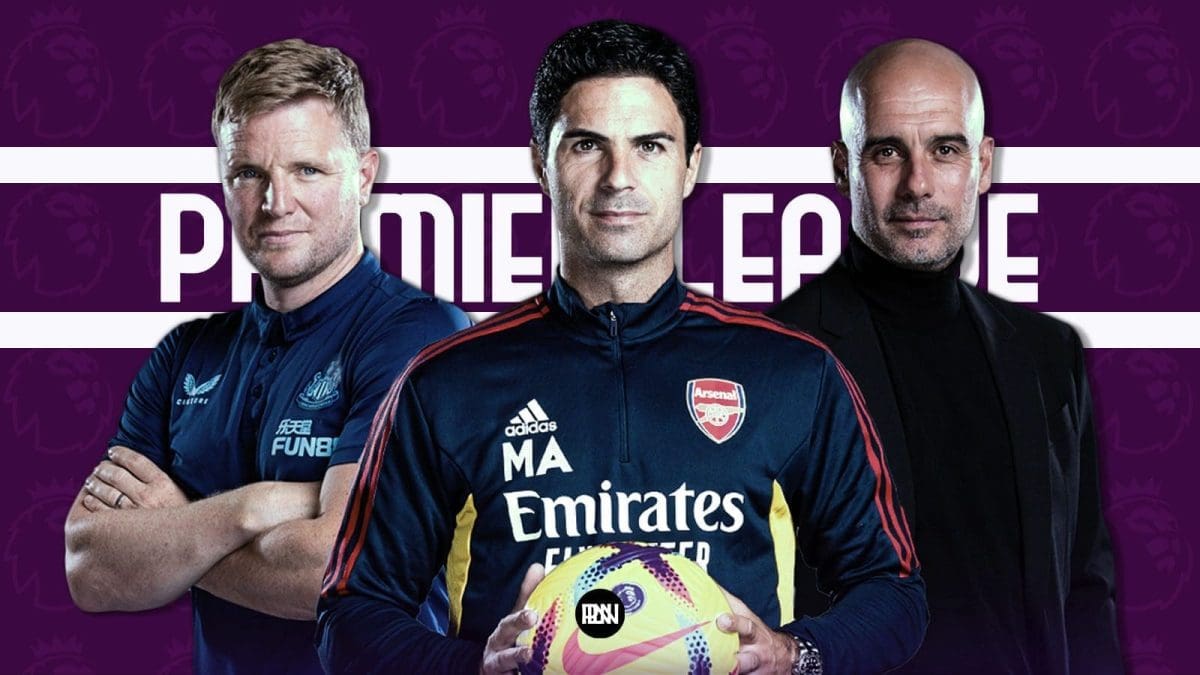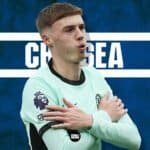Manchester United have started the transfer window in a manner that is all too familiar to United fans – haggling over deals and prices, reported ‘interest’ in new players every week, targeting profiles that don’t solve any of the major problems in the squad. United moving more or less the same way in the transfer window has been the cause of worry and disapproval from fans at this stage of the transfer window.
One driver for the fans’ complaints is the appointment of Erik ten Hag as manager. Ten Hag has been described as incredibly hands-on and obsessed with details, which suggests that by now he has observed the players, analyzed the squad, and has spotted the gaps that need to be plugged in the transfer window, all of which he has alluded to himself. This, along with the fact that Man United are just coming off their worst season ever, birthed expectations that the club would spring into action and get most of the transfer business done early in the summer.
That has not been the case, however, as United have spent around a month trying to work out a transfer for Frenkie De Jong, and have yet to conclude any arrivals so far.
But beyond the complaints about the club’s transfer dealings, there are observations to be made on what looks to be Ten Hag’s plan and how he has gone about addressing the team’s needs.
The major talking point is his demand for Frenkie De Jong and Christian Eriksen. For the most part, Manchester United’s issues in midfield last season in terms of personnel hinged on the absence of a proper defensive midfielder. For all their flaws, Fred and Scott McTominay have both shown themselves to be much better when allowed to be mobile, to run into spaces in the channels and penalty box and other positions from where high tempo actions like they excel at are more effective. Neither of the two have proved to be reliable in carrying out the simple, ‘boring‘ actions that DMs have to perform expertly to provide balance to the team.
Fans would have hoped that the new manager start off his recruitment process by addressing this gaping hole in the squad that is approaching its 3rd year, and that has been made even wider with the loss of the occasional Nemanja Matic appearance. The former Ajax coach, however, has set his sights on other midfield profiles.
In De Jong, Ten Hag will have a midfielder who prefers to play deeper and start the first phase of play. One who likes to be hands-on with his team’s build-up play, and struggles to really impact games technically when used in a different role. De Jong admittedly prefers his role in the Dutch national team set up as a deep-lying midfielder to his role at Barca where he has been used more as a box-to-box and occasionally free role midfielder, being unable to escape Busquets’ shadow in the deep midfield role.
But De Jong also likes to make off-the-ball runs into advanced areas and is quite adept at making these runs. This lack of clarity around his profile has dampened his level of impact at Barcelona and needs sorting out if United expect to get the best out of the Dutch midfielder. But it is expected that Ten Hag plans to return him to the deep-lying role from where he made his name at Ajax. Then, with Ten Hag’s tendency to overload the attack, De Jong could still have presence in attacking areas as the team gain territory.
Christian Eriksen, on the other hand, is a master of the 2nd & 3rd phases of play. He is a proper attacking midfielder. The Dane mostly occupies advantageous positions in advanced areas and possesses supreme passing and shooting ability off both feet from a variety of angles. Capable of creating from deep, through crosses and between the lines, he can improve United’s offensive threat whilst providing better ball security than Bruno Fernandes.
His chance creation numbers are similar to Bruno Fernandes, and he can be considered an insurance for if Fernandes continues his somewhat inconsistent form of last season. Eriksen also ensures that United have two of the best chance creators in Europe, and are not bereft of creativity in the event that Fernandes’ overly direct style and general lack of ball security, traits that are harmful to Ten Hag’s possession-based system, prove to be insufferable for the new manager.
From his targets we can conclude that Erik Ten Hag first wants to build an offensive-minded midfield. It is not yet clear whether that will be in a 433 or 4231, but we can surmise from his Ajax teams over the years that he has no strong preference for technically savant players in defensive midfield.
Lasse Schöne and Edson Alvarez have both played in the role for him and none are near-elite technicians. This being the case, it will be easier for him to pick a candidate for that role than more offensive midfielders whose stock are in high demand in the current market.
Jurgen Klopp and Pep Guardiola’s rebuilds at Liverpool and City started similarly with offensive pieces and defensive organisation being put into place before both coaches splashed big on defensive signings to move the project into the final phase. While it’s too early to liken Ten Hag’s work to that of Klopp or Guardiola, and while there’s still room for United to make signings across different positions, it can explain the way the current transfer process.
Also, for the position of defensive midfielder, there is still the possibility of one of Fred, McTominay and James Garner being used in the position if the plan is to continue with a double pivot. The new coach has yet to hold a training session with the players so decisions concerning the squad are not final as it stands.
Better defensive organisation and coaching could yet improve the performances of the current players – United were notoriously poor at pressing, counter-pressing and compactness last season. Ten Hag will keep this in mind. But we can expect more decisions to be made when pre-season starts and team training is resumed.
Ten Hag’s plan for the midfield and team at large might involve only ex-Ajax players for now (although reports on other targets remain surmise at this point), but it does look like he has a plan.


